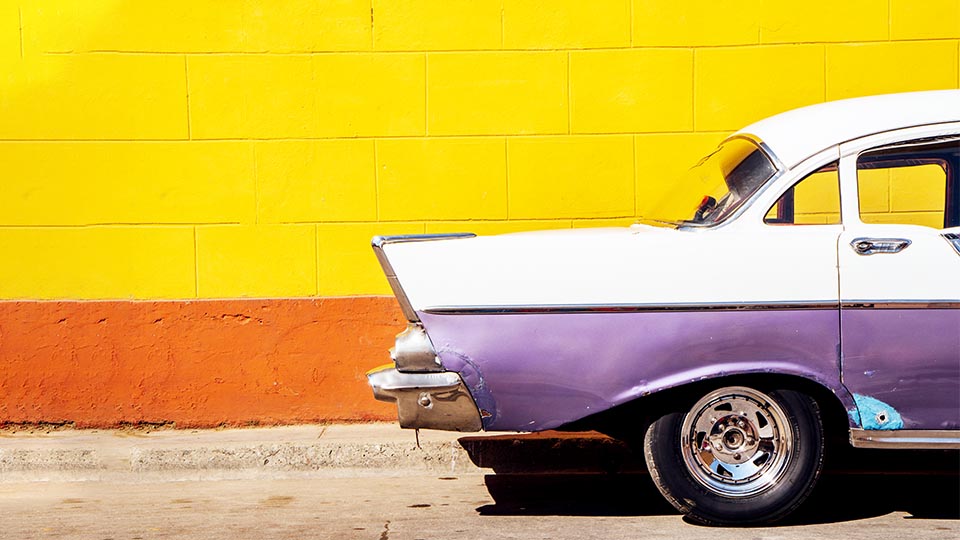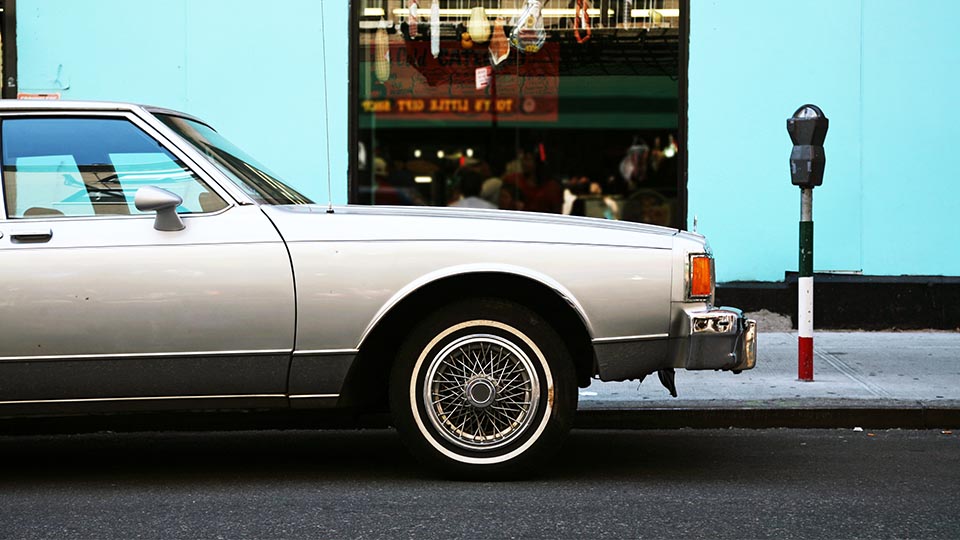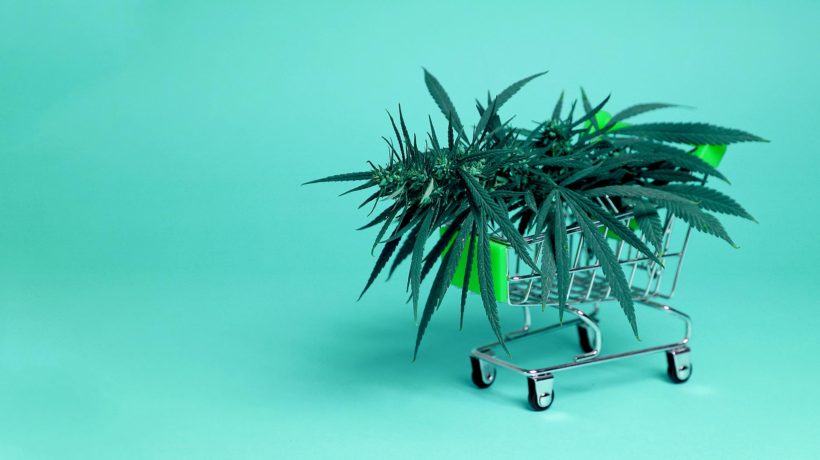Over the years, cannabis developed a myriad of titles that diminished the beneficial potencies uses that we know exist today.
“Weed,” “dope,” “pot,” “reefer.”
These monikers all carried from the ‘70s into the early 2000s. Before that, in the early 1930s, cannabis was unfortunately added to the list of Prohibition-era banned substances. The same fear that surrounded the use of alcohol was displaced onto cannabis, despite using the herb in America as early as the 1600s.
In the 19th and 20th Century, the United States Pharmacopoeia documents that cannabis extract was a patent medicine used to treat various illnesses. It was one of the most popular medicines in America and used to curb the addictions of morphine and other opioids.

It’s popularity shifted when a heavy focus on Mexican immigrant’s use of “hashish” developed and the term “Mexican marihuana” was invented. Soon became the advent of anti-cannabis propaganda, such as “Reefer Madness,” and the modern stigma we know so well was born.
Cannabis and all terms associated with the plant took on a negative connotation, often lumped into stereotypes of immigrants, criminals, or dirty hippies. As politicians campaigned around the negative uses of cannabis the phrase “loco weed” appeared.
Thus, by 1937 cannabis had become completely illegal.
Much of what we know of the slang terms used for cannabis today are variations of Spanish words. Reefer, in Spanish, translates to “grifo,” which is a slang term to describe the effects. “Pot”, which in Spanish is potiguaya, simply refers to the leaves on the plant itself.
Change in perception over time
It wasn’t until the past decade that we’ve seen a shift in the language.
Much of the shift in stigma is a result of medicinal uses of cannabis that removed the negative pop culture stigma, despite being known about since the Victorian Era.
A decade ago, 67% of Americans felt cannabis use should not be legal and did not believe there were any medical uses for the plant.
Today over 50% of Americans support the use of recreational and medicinal cannabis and this percentage is growing.
Much of this shift started in the 1970s when local citizens began advocating for the medical use of cannabis. States like Oregon and Maine loosened their laws against cannabis use while groups such as the National Organization for the Reform of Marijuana Laws (NORML) began grassroots campaigns advocating legalization.
The benefits of the work of citizens and interest groups in small states made a mark over the years resulting in more states legalizing cannabis for medical use.

Evolution of quality
Could the changes in the quality of cannabis itself have an effect on the stigma behind the plant?
Back in the day, the flower looked different from the green and gold hues we know now. Much of what was shipped to the United States, illegally exported from Colombia or Mexico, was raw flower.
The cannabis itself was filled with stems and looked like it was freshly plucked from a dirt patch. It was densely packed together and had a dry texture to it.
Doesn’t sound appealing, right?
The reason behind this lackluster quality is because cultivators weren’t as knowledgeable about caring for the plant as we are today.
In fact, the modern hydroponic systems that are used to improve cannabis agriculture weren’t developed until the 1980s.
Today, quality has increased by nearly 20%, with THC and CBD content nearly tripling over the years.
With this increase came stronger effects. Over time, this allowed consumers to use less of the plant but experience greater benefits.
Cannabis went from being a low-quality, “hippie drug” with racially-charged legislation that was only used on the fringes of society to a high-potency cure for pain and other major medical ailments.
There’s been more acceptance of the plant now in the past decade because not only the product is better, but we’ve learned more about the medical miracles the plant is capable of producing on a daily basis.

View of cannabis today
We no longer talk about cannabis in the same language we once did, colloquialisms that were designed to depreciate the value of the plant and scare consumers away from something that was once widely accepted.
As policy and quality shifted, society became more accepting of cannabis. It’s no surprise that someone would turn up their nose when the plant is called “pot” today because of its profound benefits and uses.
As we’ve learned more about the capabilities of cannabis, it’s grown beyond the lowly nomenclature that was used to villainize it less than a hundred years ago.
Yet, there’s still some form of a stigma surrounding cannabis. In order to defeat that, take a look at how you can talk to your friends and family about cannabis use. Also, research and learn about different ways to ingest it that allow you to present yourself in clear and bright ways, not just clouded in smoke.



